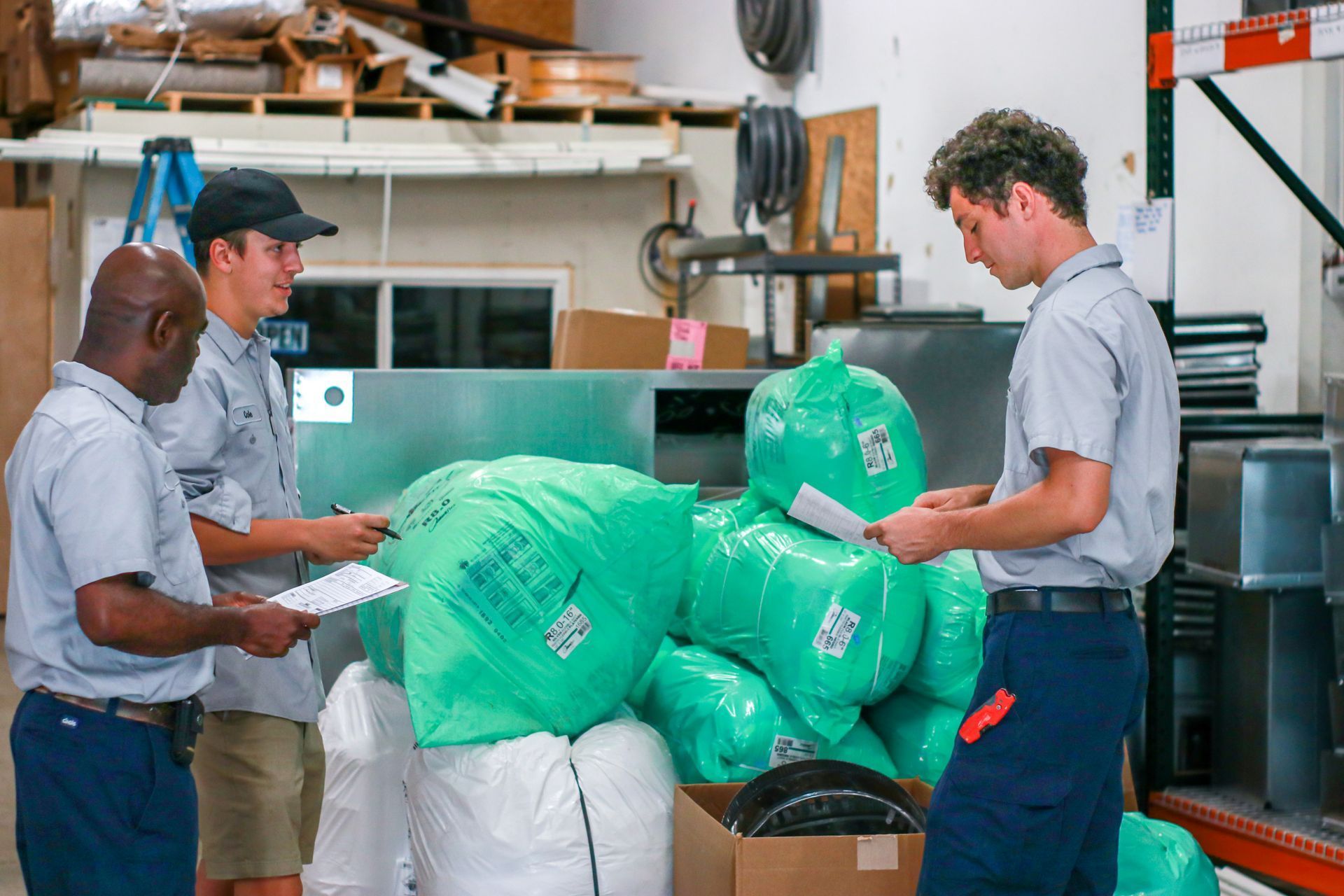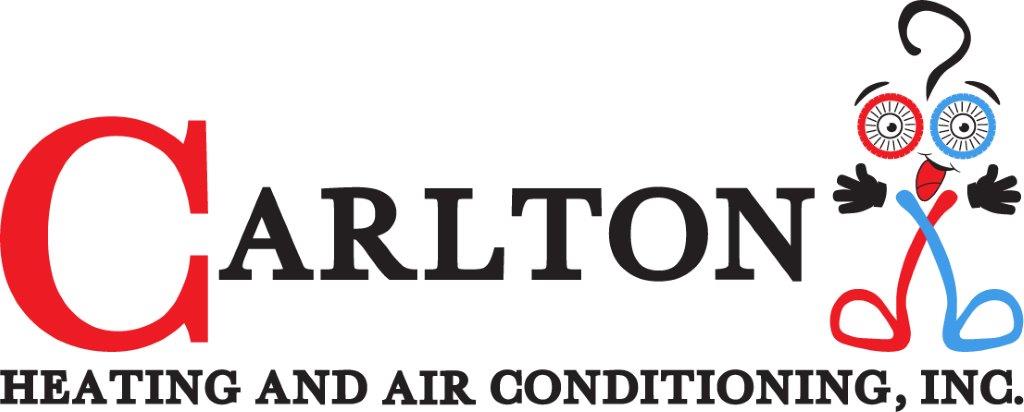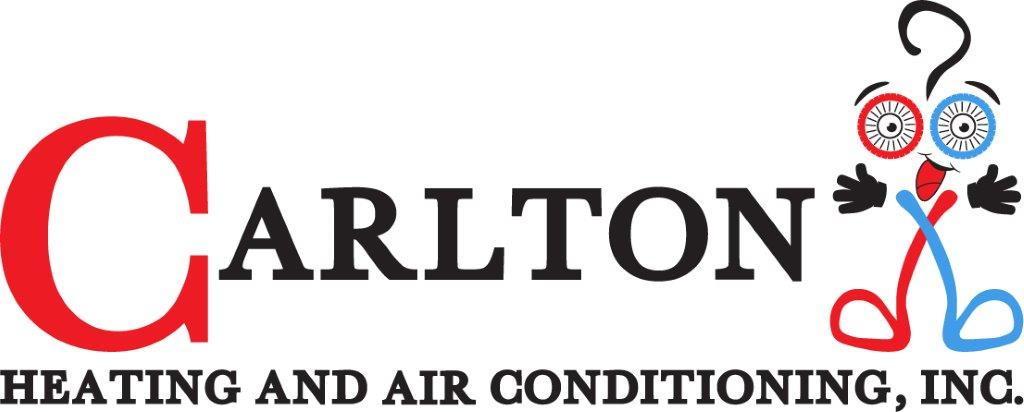
All You Need to Know About HVAC Installation
Introduction
HVAC installation is a crucial process that involves the setup of heating, ventilation, and air conditioning systems in residential, commercial, or industrial buildings. Whether you're a homeowner looking to upgrade your HVAC system or a business owner planning a new construction project, having a good understanding of HVAC installation is essential. This comprehensive guide will cover all the key aspects of HVAC installation, from system selection to the installation process and maintenance requirements.
Table of Content:
- Importance of Proper HVAC Installation
- Types of HVAC Systems
- Sizing the HVAC System
- Energy Efficiency Considerations
- Ductwork Design and Installation
- Choosing the Right HVAC Contractor
- Obtaining Permits and Complying with Regulations
- Preparing for HVAC Installation
- HVAC Installation Process
- Testing and Balancing
- Post-Installation Maintenance
- Troubleshooting Common HVAC Installation Issues
- Upgrading an Existing HVAC System
- Cost Considerations
- Benefits of Professional HVAC Installation
- Conclusion
Importance of Proper HVAC Installation
Proper HVAC installation is vital for several reasons. Firstly, it ensures optimal performance and energy efficiency of the system, leading to reduced energy consumption and lower utility bills. Secondly, a well-installed HVAC system provides reliable and consistent heating, cooling, and ventilation, improving indoor air quality and comfort. Additionally, proper installation minimizes the risk of equipment malfunctions and extends the lifespan of the system, saving you from costly repairs or premature replacements.
Types of HVAC Systems
There are various types of HVAC systems available, each suited for specific building requirements. Common types include central air conditioning systems, heat pumps, furnaces, ductless mini-split systems, and geothermal systems. Understanding the characteristics and benefits of each system is crucial for making an informed decision during the HVAC installation process.
Sizing the HVAC System
Proper sizing of the HVAC system is essential for optimal performance and efficiency. Oversized systems lead to frequent on-off cycling, reduced comfort, and increased energy consumption. Undersized systems struggle to meet the desired indoor temperature and may experience premature wear and tear. HVAC professionals use Manual J calculations to determine the correct size based on factors such as the building's square footage, insulation, windows, and climate.
Energy Efficiency Considerations
Energy efficiency is a critical consideration during HVAC installation. Energy-efficient systems not only save money but also contribute to a greener environment. When selecting an HVAC system, look for high Seasonal Energy Efficiency Ratio (SEER) ratings for cooling and Heating Seasonal Performance Factor (HSPF) ratings for heating. Additionally, consider features such as programmable thermostats, variable speed motors, and zoning systems to optimize energy usage.
Ductwork Design and Installation
Proper ductwork design and installation are vital for efficient airflow and balanced distribution of conditioned air. Undersized or leaky ducts can result in reduced system performance, inconsistent temperatures, and wasted energy. HVAC professionals should assess the existing ductwork or design a new system, ensuring proper sizing, sealing, and insulation to minimize air leakage and maximize efficiency.
Choosing the Right HVAC Contractor
Selecting a reliable and experienced HVAC contractor is crucial for a successful installation. Research local contractors, check their credentials, and read customer reviews to ensure their expertise and customer satisfaction. Ask for recommendations, obtain multiple quotes, and inquire about warranties and after-sales service to make an informed decision. A reputable contractor will guide you through the installation process, answer your questions, and ensure compliance with safety standards.
Obtaining Permits and Complying with Regulations
HVAC installations often require permits from local authorities to ensure compliance with building codes and safety regulations. Your HVAC contractor should be responsible for obtaining the necessary permits and ensuring that the installation meets all the required standards.
Preparing for HVAC Installation
Before the installation process begins, there are a few steps you can take to prepare. Clear the installation area of any obstructions, ensure access to electrical and plumbing connections, and remove any items that could hinder the installation process. Follow any specific instructions provided by your HVAC contractor to ensure a smooth installation.
HVAC Installation Process
The HVAC installation process typically involves several steps. This includes removing the old system (if applicable), installing the new equipment, connecting electrical and plumbing components, and testing the system for proper functionality. A professional installation ensures that everything is set up correctly and safely.
Testing and Balancing
After the installation, HVAC professionals conduct tests to ensure that the system is functioning optimally. They check for proper airflow, temperature distribution, and system efficiency. Any necessary adjustments or balancing is done to achieve the desired comfort and efficiency.
Post-Installation Maintenance
Regular maintenance is essential to keep your HVAC system running smoothly. This includes changing air filters, cleaning coils, inspecting ductwork, and scheduling professional maintenance visits. Proper maintenance not only improves the system's performance but also prolongs its lifespan.
Troubleshooting Common HVAC Installation Issues
Occasionally, issues may arise after HVAC installation. Common problems include inadequate cooling or heating, uneven temperature distribution, and unusual noises. If you encounter any issues, it's important to contact your HVAC contractor to diagnose and resolve the problem promptly.
Upgrading an Existing HVAC System
If you're upgrading an existing HVAC system, there are a few considerations to keep in mind. Assess the condition of your current system and evaluate its efficiency. Determine if you need to replace only certain components or if a complete system upgrade is necessary. Consult with an HVAC professional to help you make the best decision based on your specific needs and budget.
Cost Considerations
HVAC installation costs can vary depending on several factors, including the type of system, size of the building, complexity of the installation, and regional factors. It's important to obtain detailed quotes from different contractors and consider the long-term savings in energy costs when evaluating the overall cost of installation.
Benefits of Professional HVAC Installation
Opting for professional HVAC installation offers several benefits. Professional contractors have the expertise and experience to ensure proper installation, avoiding potential issues and costly mistakes. They can also provide valuable guidance in selecting the right system for your needs and offer ongoing maintenance services to keep your system operating at its best.
Conclusion
Understanding the essentials of HVAC installation is crucial for achieving optimal comfort, energy efficiency, and indoor air quality in your home or business. By considering factors such as system selection, sizing, energy efficiency, ductwork design, and choosing the right contractor, you can ensure a successful installation process. Regular maintenance will help you enjoy the benefits of a well-functioning HVAC system for years to come.
Contact Carlton Heating and Air Conditioning Today to Book Your Appointment

